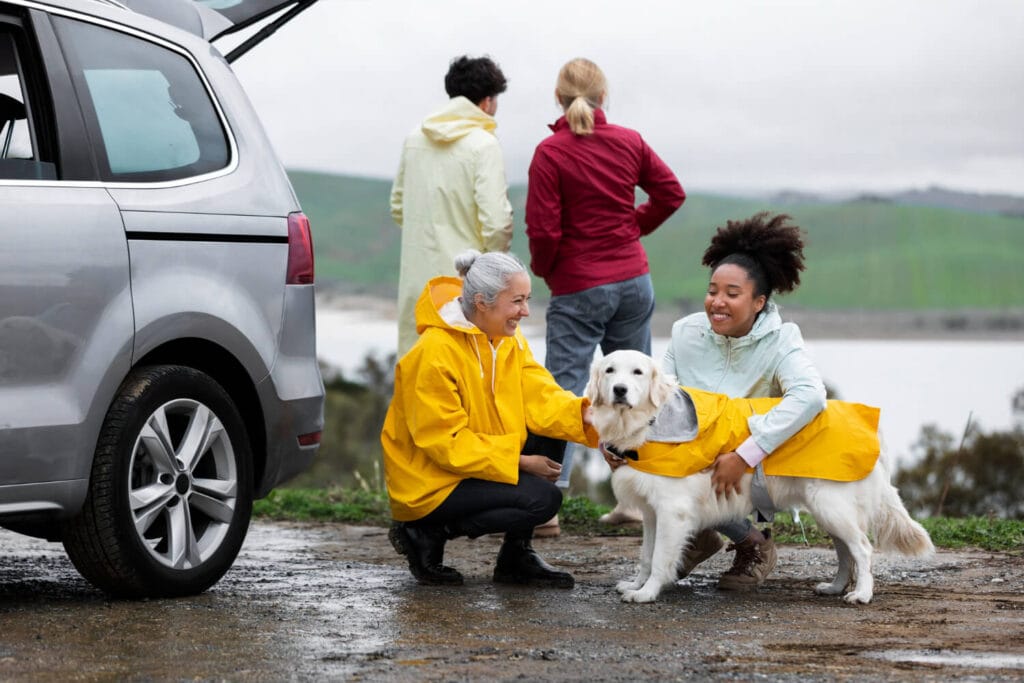
Pet-Friendly Road Trips to Midland – Best Parks & Trails
Planning a getaway where your pup comes along for the ride? A pet-friendly road trip to Midland, Texas is exactly
Home » Wildlife Watching
From soaring eagles and wild bison to rare birds and desert foxes, Texas offers one of the most diverse wildlife experiences in the country — making it perfect for nature-focused road trips. With ecosystems ranging from wetlands and pine forests to mountain ranges and Gulf Coast marshes, wildlife watching can be part of every Texas adventure. Whether you’re a serious birder or a casual animal lover, our wildlife road trip guides highlight the best viewing spots, national and state parks, nature preserves, and tips on when and where to catch the most unforgettable animal encounters across Texas.

Planning a getaway where your pup comes along for the ride? A pet-friendly road trip to Midland, Texas is exactly

Ready to unplug and stretch your legs on dusty trails under big blue skies? A road trip near Midland, Texas
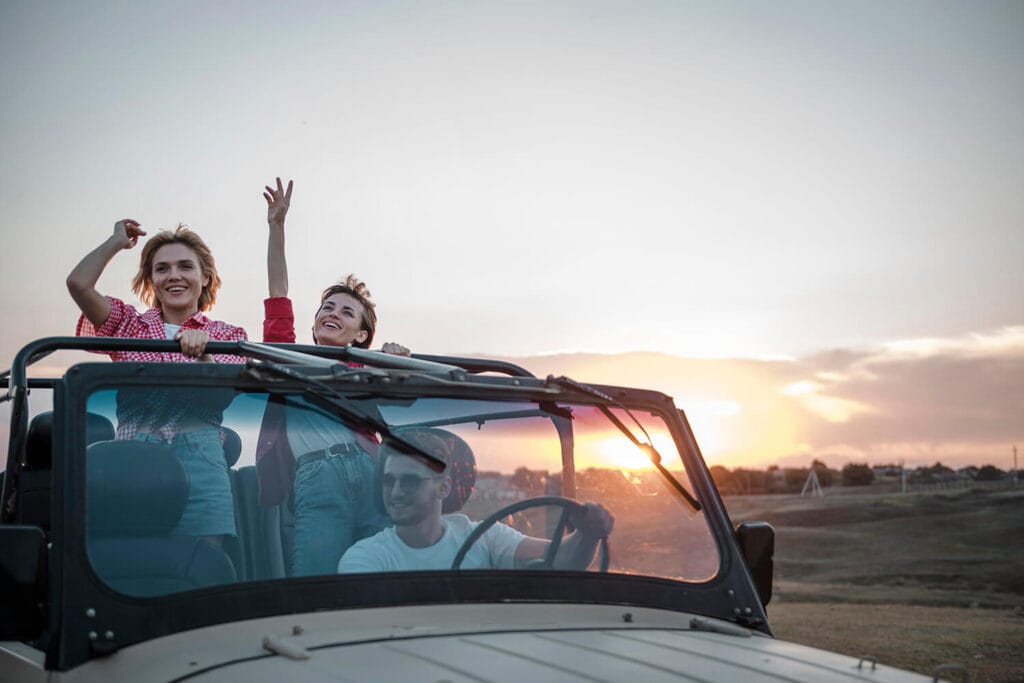
Need a getaway that keeps both kids and adults smiling? A family-friendly road trip to Midland, Texas delivers the perfect

Planning a couple’s escape filled with quiet charm, artistic flair, and serene sunsets? A romantic weekend road trip to Midland,
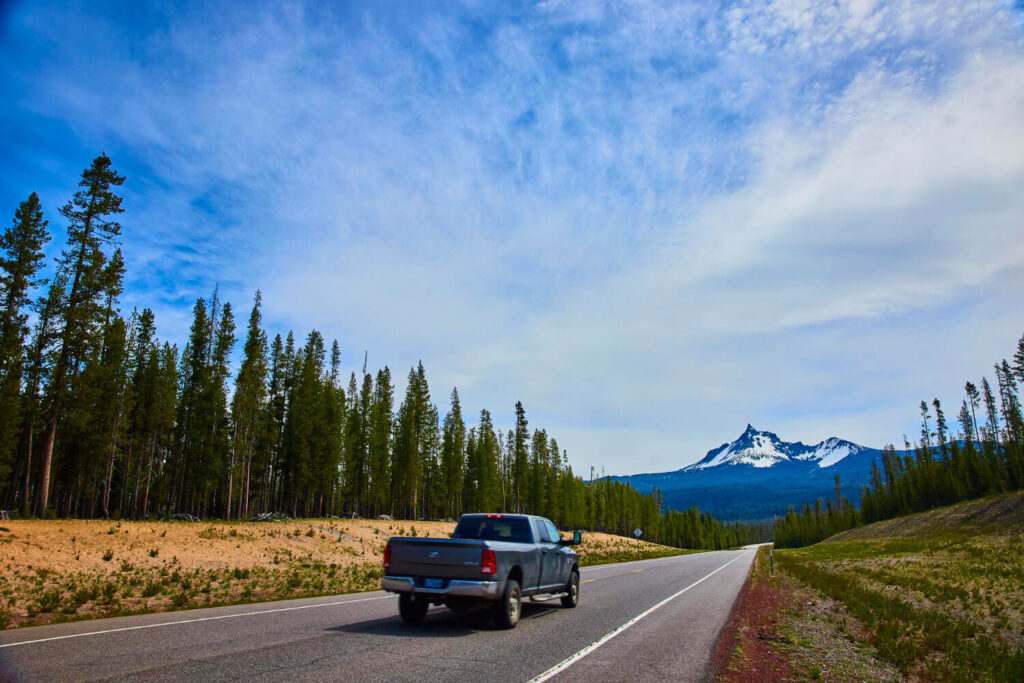
Planning a road trip to Midland, Texas means stepping into a world where oil barons meet fine art, and open
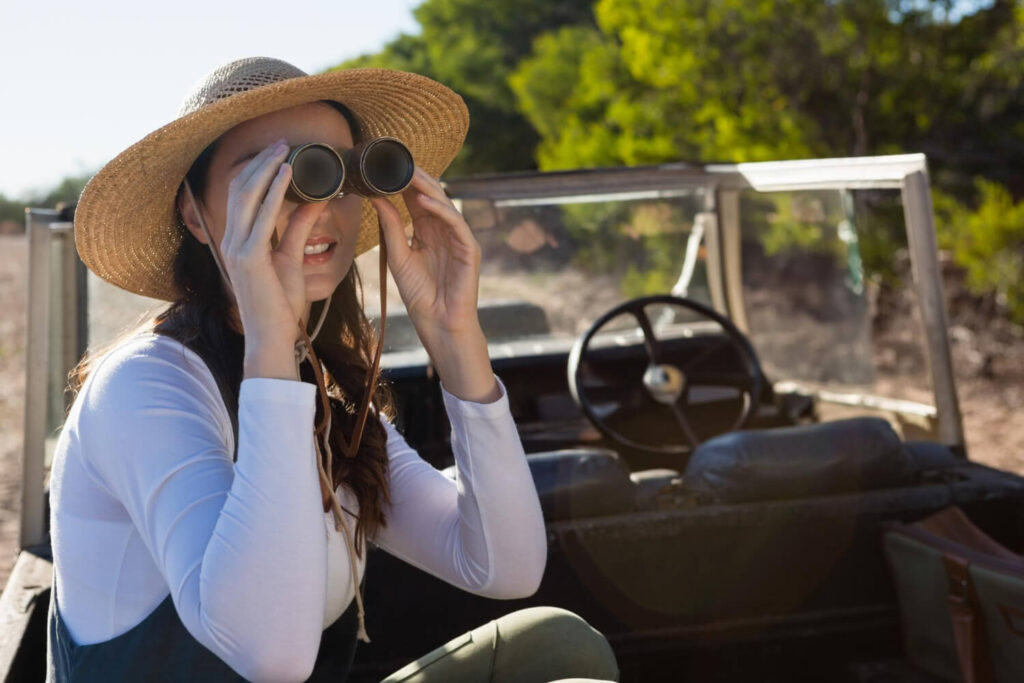
Need a quick getaway without straying too far from Texas’ oldest town? These best day trips from Nacogdoches offer a
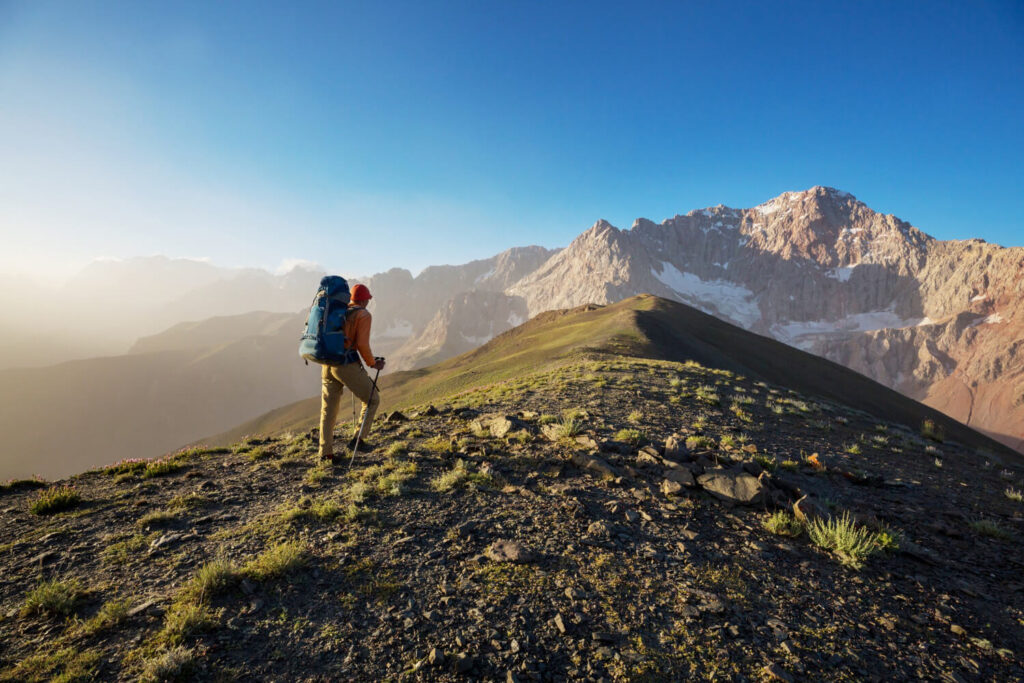
Planning a scenic escape? These hiking adventures around Nacogdoches are tailor-made for road trip lovers looking to explore the peaceful

A pet-friendly road trip to Nacogdoches’ parks and trails is the perfect way to reconnect with nature—without leaving your best

Looking for the perfect Texas backdrop to capture on camera? A photography road trip along the Guadalupe and Comal Rivers
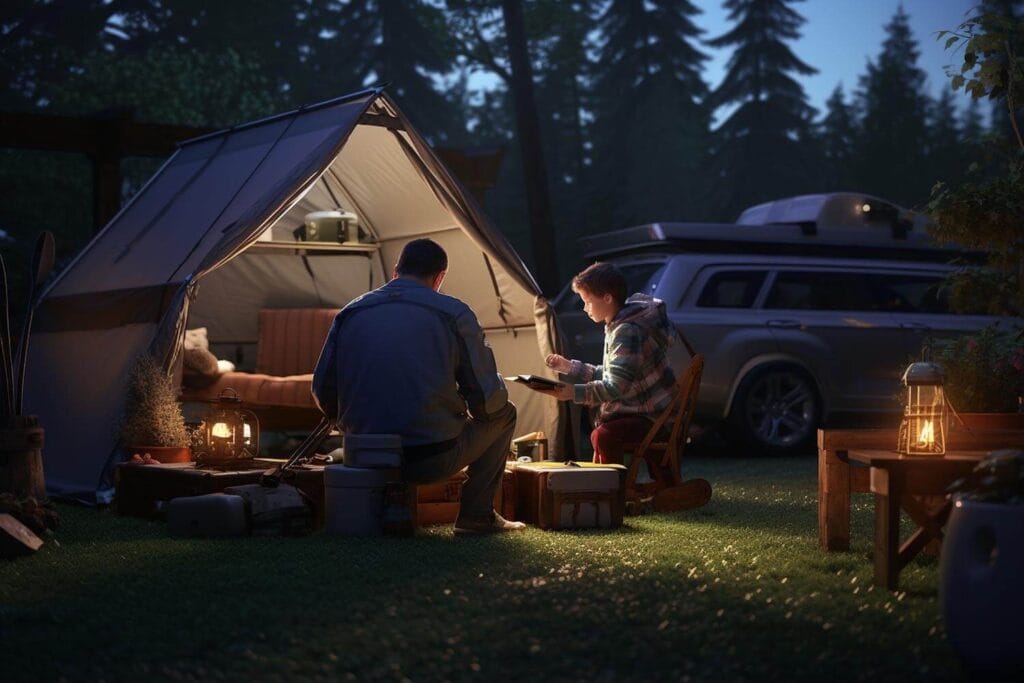
If your idea of the perfect getaway includes starry skies, riverside campfires, and waking up to birdsong, then a camping

Traveling with your furry friend? A pet-friendly road trip to New Braunfels’ parks and trails is the perfect way to

Craving the thrill of the water and the peace of the trail? This outdoor adventure road trip near New Braunfels
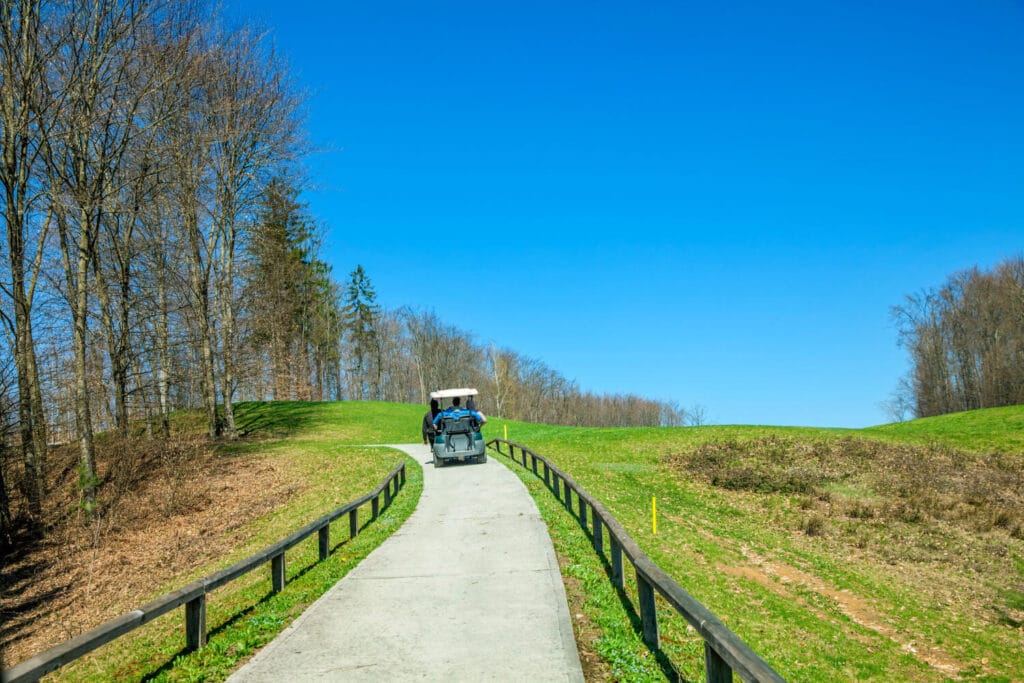
Few things are more peaceful than a scenic river drive around New Braunfels, where winding roads hug the curves of

Looking for a getaway that’s equal parts fun, scenic, and kid-approved? A family-friendly road trip to New Braunfels is the

If you find yourself chasing golden hour light, colorful foliage, or wildlife in your viewfinder, a photography road trip through

If you’re the kind of road tripper who never leaves home without your four-legged companion, Plano, Texas is calling your
Top wildlife destinations include Aransas National Wildlife Refuge for whooping cranes, Big Bend National Park for black bears and mountain lions, and Caddo Lake for birds, frogs, and turtles. Brazos Bend State Park is great for spotting alligators, while Caprock Canyons is home to the official Texas State Bison Herd. Our guides help you reach these spots with routes that combine scenic beauty, rest stops, and nearby stays.
Yes, wildlife watching is a year-round activity in Texas. Bird migrations occur in spring and fall, mammals are more active in cooler months, and coastal areas provide year-round access to dolphins and waterfowl. Each season brings something different — from wild turkeys in spring to monarch butterflies in fall. Our seasonal wildlife road trip guides outline what to expect by month and region.
Many parks and refuges offer ranger-led wildlife walks, birding tours, and even boat rides for aquatic life viewing. Places like Laguna Atascosa NWR, Padre Island National Seashore, and McAllen’s Quinta Mazatlan offer interpretive tours. Private eco-tour companies in the Hill Country and coastal regions also host guided safaris and night hikes. Our guides include tour options and booking links for immersive wildlife experiences.
You can expect to see white-tailed deer, bison, javelinas, coyotes, bobcats, armadillos, and a huge variety of birds including herons, egrets, hawks, and hummingbirds. Coastal areas may offer dolphin sightings, while wetlands are great for reptiles and amphibians. Our region-based guides include species checklists and the best times of day to view wildlife at each location.
Yes, with proper precautions, wildlife watching is safe and exciting for all ages. Many parks offer boardwalks, observation towers, and beginner-friendly trails that keep kids engaged and safe from close wildlife encounters. Our family-friendly wildlife road trip guides feature kid-approved destinations with learning centers, scavenger hunts, and ranger-led programs.
Essential gear includes binoculars, a camera with zoom, field guide or birding app, a notepad, water bottle, sunscreen, insect repellent, and comfortable walking shoes. A small chair or mat can help for longer observation sessions. Our wildlife road trip packing list helps you prepare whether you’re heading to wetlands, mountains, or desert trails.
Yes — most major wildlife viewing destinations have nearby campgrounds, cabins, or eco-lodges. Big Bend has in-park camping and lodges, Aransas NWR is close to Rockport and Port Aransas, and Caprock Canyons has excellent camping facilities. Our guides highlight lodging options by region and recommend the best overnight stops for early morning or sunset wildlife viewing.
Filter by city, theme, or trip length. Your perfect journey starts here.